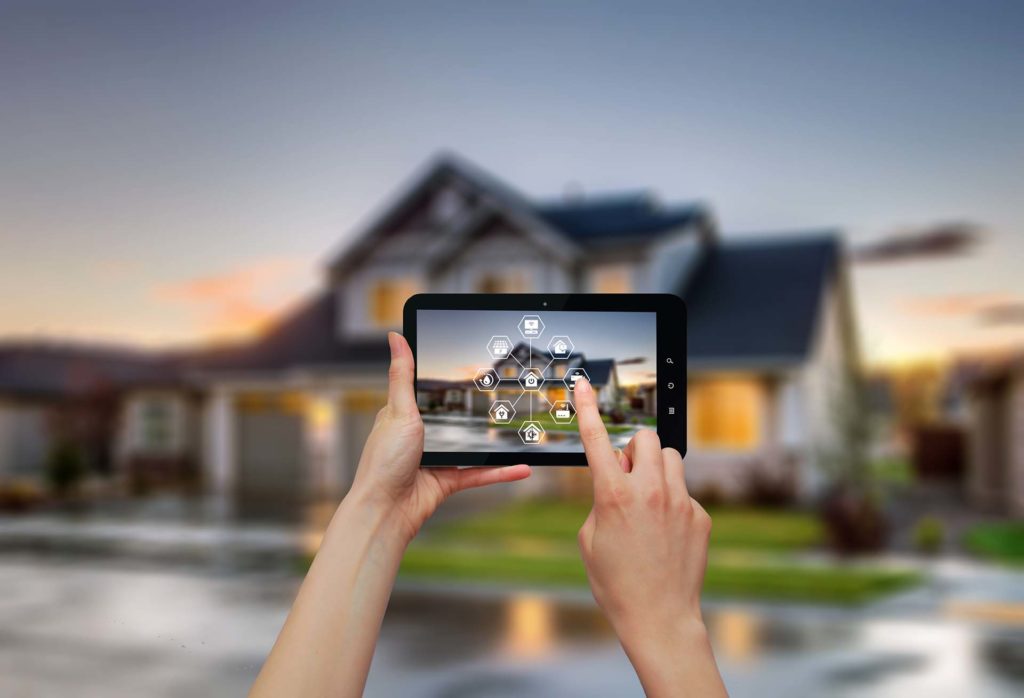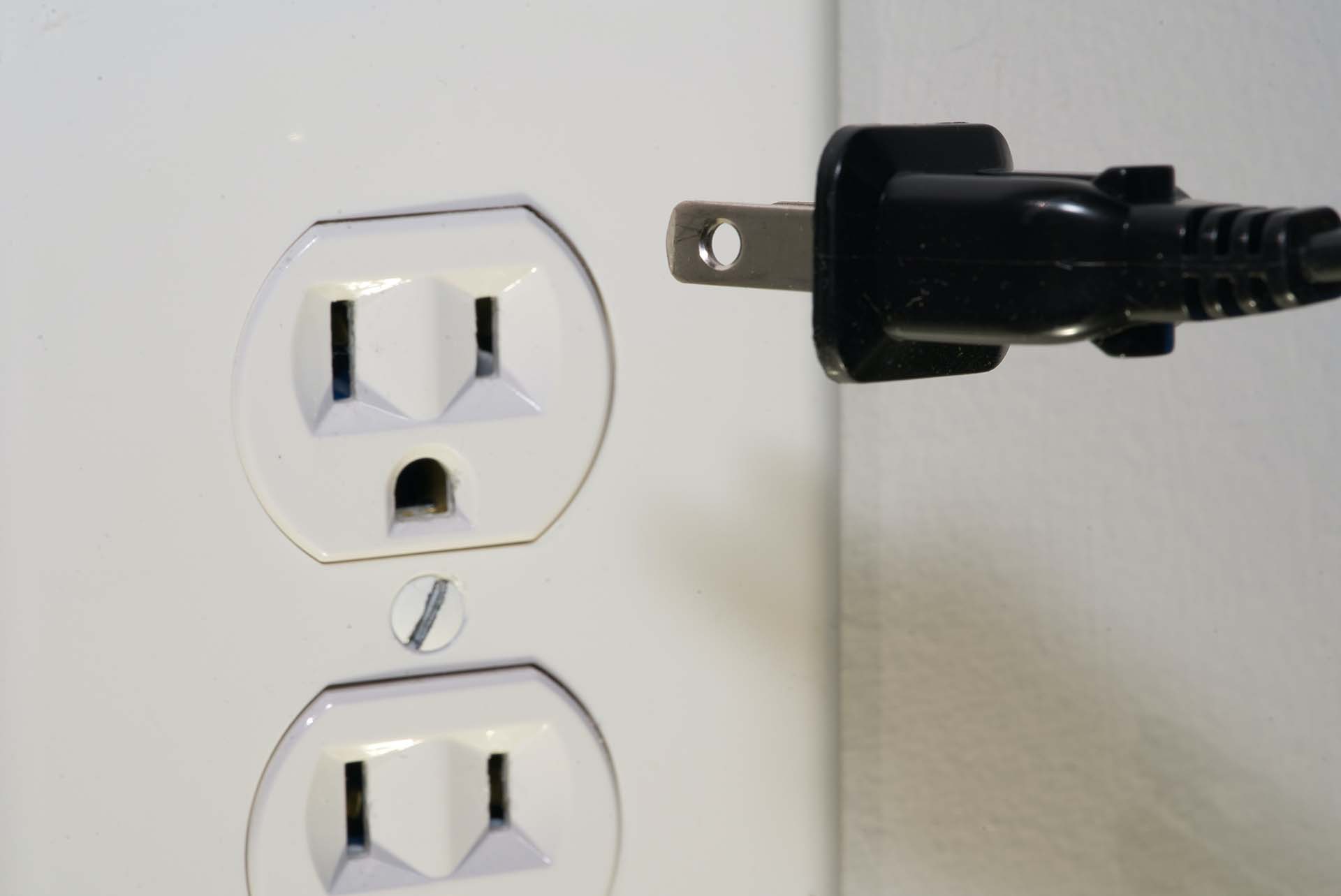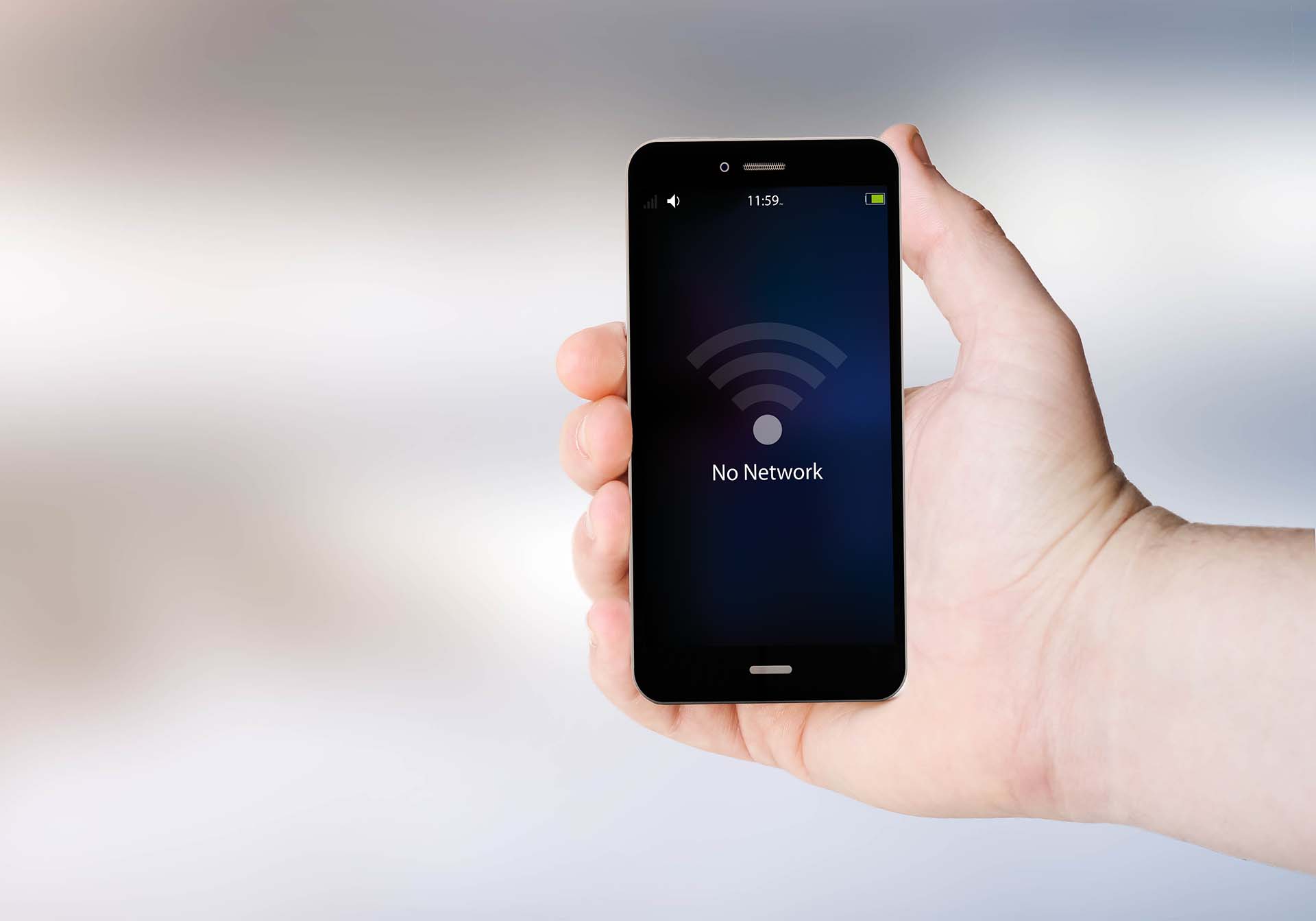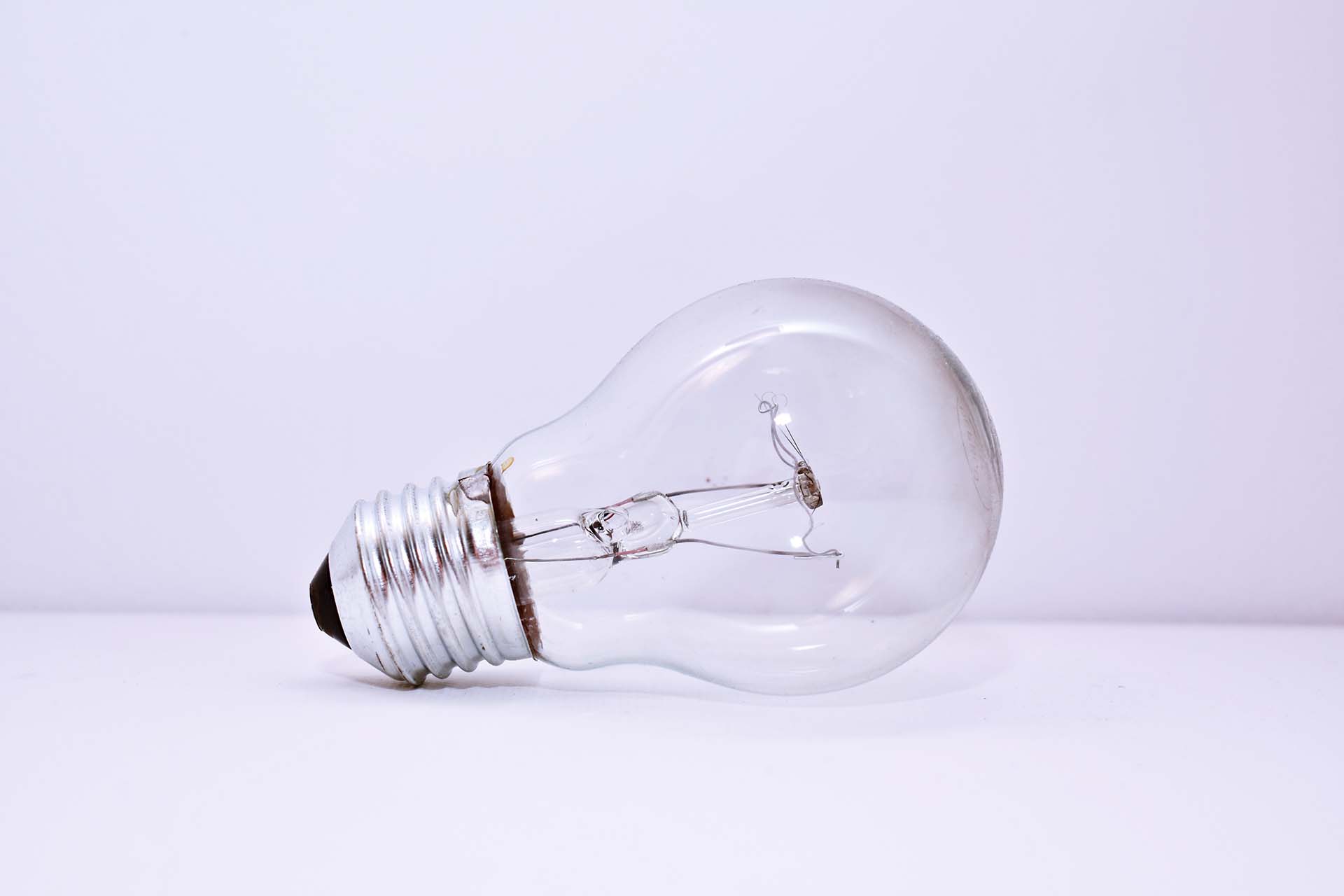The cost of installing a smart house can significantly vary depending on the system you choose to install and what devices you want to optimize, but one thing is certain – no one expects this to be cheap and affordable. You might be wondering how much this is going to cost you, and is it worth it? Let’s find out.
What Is a Smart House?
The confusion with this term begins at the early stages – it can actually mean many different things. By definition, this residence is outfitted with many different devices that can handle some basic tasks for the residents with a simple button click on a control panel – even when they aren’t there. Some of these utensils are already built-in while others can be added later – for example, thermostats can be built in while the smart plugs can be installed later.
There are different ways to operate with these smart devices – some of them can recognize voice control, while others can work through apps or artificial intelligence. Advanced smart devices have their own “memory” where they can remember your habits and use this to set your residence at a specific temperature or lock your door during a specific time of the day.
Despite the fact some people doubt this, smart houses can be healthy. You can also extend an existing smart property – start slowly with some basic utensils and add different appliances over time until your whole residence is completely outfitted. You can change the system depending on the size of your residence, what you use, and how (not only you but all of the residents) and adjust the setup depending on your personal habits.
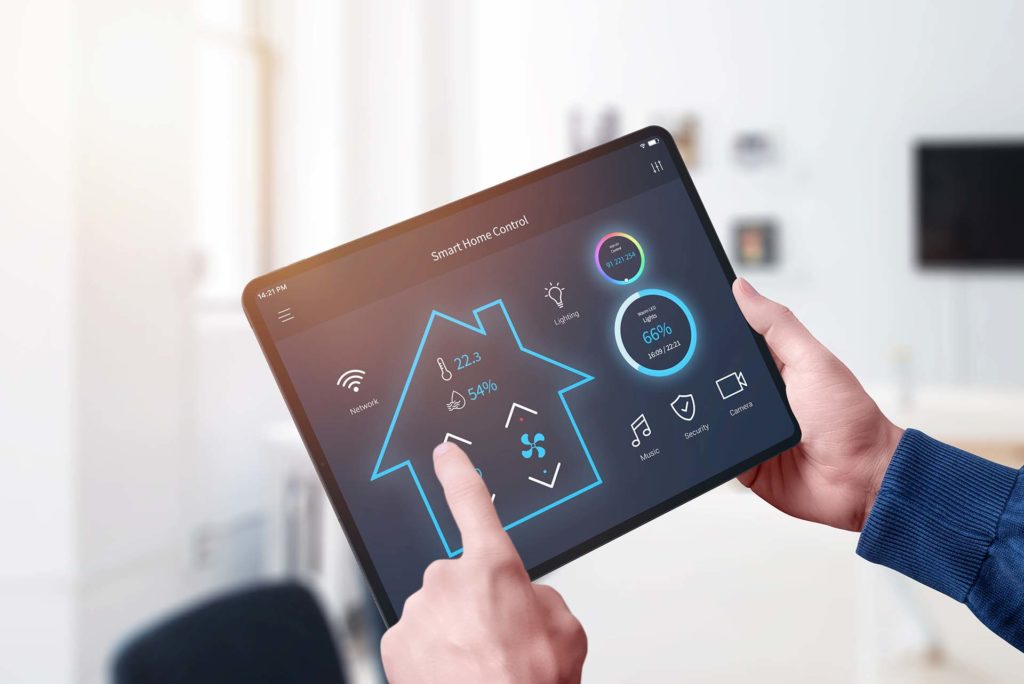
What is the Cost of Installing a Smart House? Potential Costs Depend on Many Factors
How much does it cost to build a smart home? First of all, you have to consider one important difference – building a smart home from the ground is different from installing a smart home system into your existing residence. The first option is usually more simple, but both of these can be very expensive, especially if you don’t have a good plan and install devices individually without thinking everything through in advance.
So, how do I turn my home into a smart home? Depending on the system you choose to install, you’ll need to invest a lot of money – the price of installation can go over $15,000. The total amount actually depends on many different factors such as:
- Size of your residence,
- The utensils you want to optimize,
- The system you choose to install,
- The subscription you sign.
Some calculations show that the average installation price is about $5,500 for automated lights, thermostats, locks, smart plugs, speakers, and hubs. Other sources show that the national average for automating homes goes from $2,000 to $7,000. The majority of homeowners spend around $5,000 for automating previously mentioned parts of their homes, which is one of the most common basic choices. For some advanced technology, you’ll definitely need bigger investment. Depending on your personal budget and preferences, you can decide if this installation is suitable for you or not.
You should consider the fact that every residence is different, meaning it might require different types of automation. Sometimes, for newly built houses, it will be possible to automate everything inside and out of the residence just by automating a few specific central areas and functions. On the other hand, the process won’t be that simple for older houses or bigger properties. The home automation process requires high-quality electricity and Wi-Fi resources, which is often not centralized, especially in bigger homes with energy shortage.
There Is Always a Risk of Hidden Costs During Automation
When people decide to install a smart house system, they are usually not aware that this investment isn’t a one-time expense. It is actually binding you to keep paying for numerous additional services once you’re subscribed for some specific option. For example, you will often have to update the system, install new utensils, make security changes, and so on. Depending on the chosen option, these subscriptions can add hundreds of dollars to your costs per month, which is not very affordable, especially when you have already spent thousands on installations.
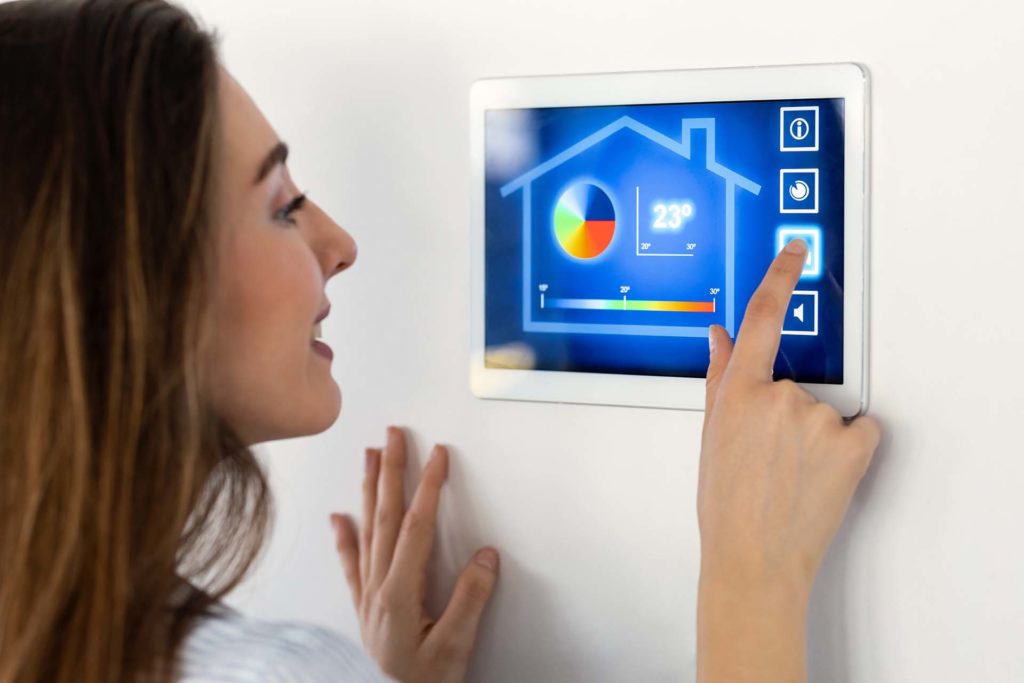
Automation Costs by Area – Prices of Your Project Might Vary
How much does a smart house cost if you calculate the expenses for different areas separately? Every residence has multiple separate areas. While some things such as lighting and heating are usually connected to the whole property, there are different utensils in every area of your residence. We’ll go through each area and show you potential payments for utensils people usually use around them.
The Potential Price of Setting up a Smart Kitchen
The kitchen is one of the most frequently used rooms and usually has many electronic utensils. It makes perfect sense that the kitchen can benefit the most from smart energy consumption. On that note, let’s take a look at some of the most common utensils and appliances people use around the kitchen and how much money it will take to automate them.
| Kitchen device | Automation Price |
| Microwave | $400 – $1,500 |
| Dishwasher | $900 – $1,200 |
| Coffee maker | $100 – $300 |
| Range hood | $900 – $2,000 |
| Refrigerator | $1.600 – $4,000 |
| Stovetop | $1.200 – $5,000 |
| Oven | $1.200 – $6,000 |
Apart from these utensils, you can also use smart lighting and a few smart plugs. If you want to make all the necessary changes and ensure your whole kitchen gets automated, you’ll have to pay from $6,000 to $16,000.
Costs for a Smart Living Room Are Lower
Automating a living room also depends on the devices in it, but in most cases, it won’t be as expensive as it was with the kitchen. Some of the potential prices you should count on are the following.
| Living Room Device | Automation Price |
| Lighting | $20 – $200 |
| Speaker | $60 – $300 |
| Coffee table | $1,200 – $3,000 |
| TV | $150 – $3,000 |
| Gas fireplace | $1,500 – $4,000 |
The Cost of Automating a Bathroom
Installing bathroom utensils should be cheaper than for those in previously mentioned rooms. Depending on the number of installations and type of things you decide to automate, the price for the whole unit can go between $2,000 and $7,000.
| Bathroom Device | Automation Price |
| Toilet | $500 – $2,500 |
| Shower | $1,000 – $3,000 |
| Mirror | $200 – $800 |
Smart Home Bedroom Installation Should Be Most Affordable
Unlike some other rooms, bedrooms usually don’t have many electronic utensils. Installations of the following commonly used tech pieces inside your bedroom area should take between $1,000 and $3,500 on average.
| Bedroom Device | Automation Price |
| Bedroom lighting | $10 – $100 |
| Alarm | $100 – $170 |
| Bed | $900 – $3,000 |
Expectations vs. Reality – How Much Do They Differ?
Now that you’re intrigued by the possibilities this might bring to your lifestyle, you must be curious about the whole process and smart house expectations. These systems can really bring many benefits – if you’re ready to pay the needed price. High prices of installing a smart home automation system are, unfortunately, one of the biggest disadvantages and the reason why many people give up on this idea.
Although it is possible to upgrade one device after another, this can eventually lead to some issues. For example, all utensils have to function properly together as a system, and if you use different manufacturers and subscriptions for different utensils around your residence, there is a big chance that something won’t work properly.
If you want to automate everything at once, the question is, are you ready to pay for everything from the same manufacturer if this means a higher price? More importantly, does that specific manufacturer even offer a system that will work for every device around your residence? These and many other questions might come up while you stay confused about the choice and end up disappointed with the final result.
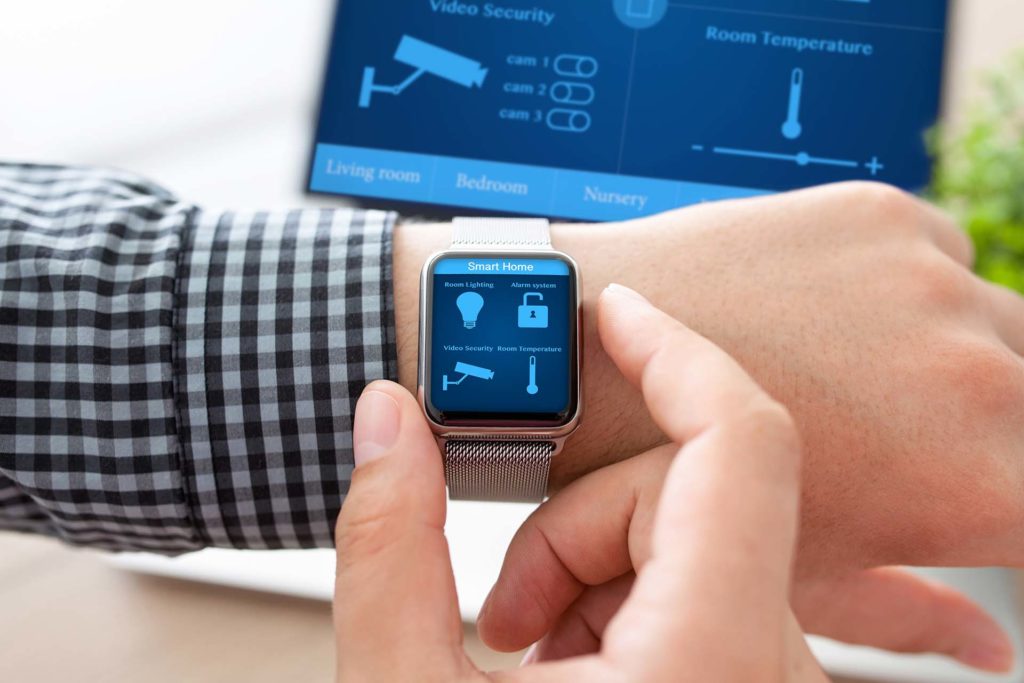
Is It Worth Making Your Home a Smart Home? It Is If You Rely on Electric Society
How much does it cost to build a smart house? If you went through previous information, it’s easy to come to a conclusion. This won’t be cheap unless you rely on the new innovative technology Electric Society provides. With the new generation of smart devices, you can actually gain the same result with much less than you’re expecting. With our fully distributed system, you can find the solution for all the previously mentioned problems. This system is much cheaper than the ones currently available. It’s also much more efficient, as it was designed to reduce energy consumption, so overall expenses will be much lower.
Another great advantage is that this system doesn’t need electricity or a Wi-Fi source in order to work. It has a scalable connection and sensors. If the power in one part of your residence runs out, your residence won’t die with all of the utensils. This allows all the other parts of the residence to stay completely functional – you won’t get locked inside or outside the residence without your will. Energy metering, in this case, means that utilities credit you for all the excess electricity you gain through time, so you can use these credits once the productivity of the electricity does not match your use.
With the Highest Security Systems – Your Private Data Is Safe
You don’t have to worry about spying and security problems. People are usually concerned about their security because of the fact that their every step is monitored and that the residence can backup and store all the information. Privacy won’t be an issue with this system.
Even though this system can remember some of the important things about your personal habits in order to operate as you please, all of your private data and information is protected from hackers with advanced technology like blockchain control security systems.
No one will have access to all of this information – there is no cloud storage, so you can feel completely comfortable enjoying doing whatever you like around your residence, and no one will have access to your private life.
You Don’t Have to Include Any Subscription to Your Final Payment
Another great advantage is that you don’t need to subscribe to anything – once you buy the installation, such as a plug-in, they are your property, so there is no need to get any updates through a subscription like with other systems. There won’t be any hidden fees or additional payments once the system is installed.
You can choose which utensils to automate, and as a result, you’ll get a lower price. This system will also reduce electricity consumption in the future, which is a great feature for people worried about the environment and potential crises with energy resources.
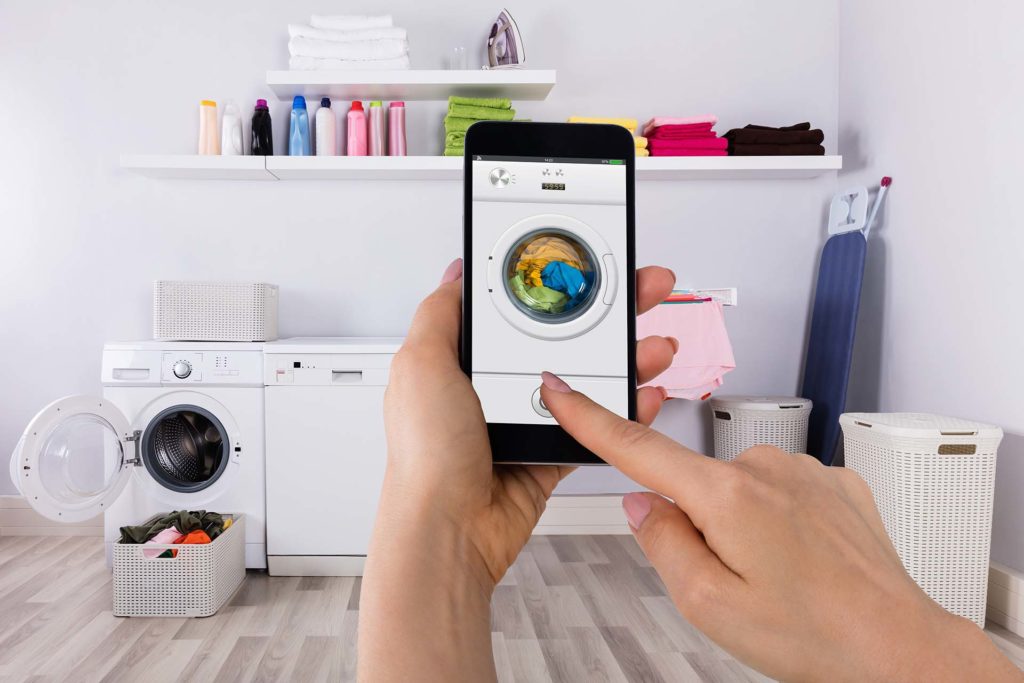
How Much Value Does a Smart Home System Add?
As a final result, your residence can be much more valuable on the market once you include this new technology. Another great advantage is that new buyers won’t have to continue with any subscription. The smart house installation cost will be twice as low, and the value of your property can grow in the same way as if you paid the full price with the previously mentioned options. It is very simple to install these utensils and connect them without fear that they won’t be compatible with your other devices.
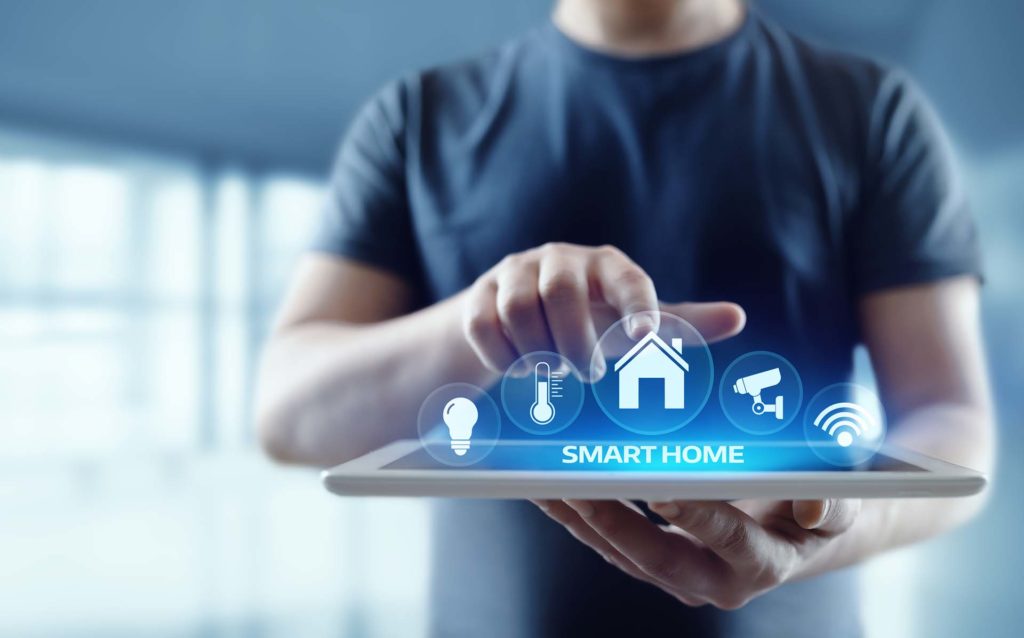
Contact Us for More Information
If you’re interested in upgrading your residence and want to find out more about these innovative ideas, all you have to do is contact us. We can explain to you all the details and give you information about many other benefits you can expect if you decide to invest in this innovative system and improve your life quality without the need for any big expenses.


